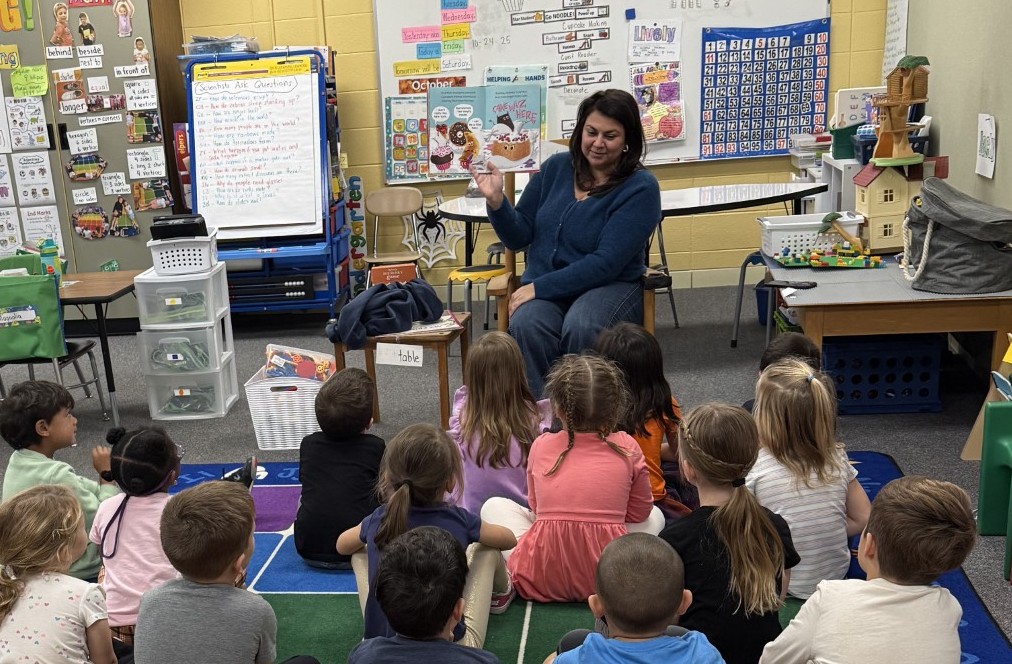Gamification: Pros and Some Cons, According to Research
Gamification generally helps students but can be detrimental to learning in certain instances, according to experts.

Gamification has become a popular educational approach, having demonstrated solid potential as a learning tool. However, it's not always clear exactly which gamified elements are helping, and in some instances, it can foster counterproductive competition and enhance extrinsic motivation rather than the more effective intrinsic motivation.
Education experts Sebastian Deterding and Naomi Clark have studied the benefits and limitations of gamification in education, and acknowledge that the approach has pros and cons.
Here’s a closer look at the research around gamification.
Gamification Gold Stars
Overall, gamification should earn an achievement badge. A 2020 review of empirical studies looking at gamification found the intervention had small but significant positive effects on cognitive, motivational, and behavioral outcomes.
“There seemed to be particular evidence for interventions that combine collaborative and competitive elements,” says Deterding, Chair of Design Engineering at Imperial College London.
Rather than have students compete individually against one another or work all together, the best results from gamification seemed to occur when groups of students were broken into teams and competed against one another, creating a “collaborative and competitive environment,” Deterding says.
Naomi Clark, chair of NYU's Game Center in the Tisch School of the Arts, says gamification works by providing learners with extra motivation and feedback that helps students measure progress.
Tools and ideas to transform education. Sign up below.
That extra motivation can be particularly helpful when a student is learning a new skill and is not yet seeing the fruits of their efforts. “What it does is break things into small steps and says, ‘We’re going to give you a little bit of positive reinforcements for finishing a task,'” Clark says.
At the same time, by tracking scores in the manner of a game, Clark says, gamification processes help students reflect on what they’ve accomplished and see how they have grown.
When Gamification Goes Out of Bounds
Right now our knowledge of why gamification works is limited.
“Once we move to the level of these individual design elements, we actually know very little because the research is very poor,” Deterding says. “Most gamification interventions just throw a ton of features together into the same intervention, and then look at the overall outcome. So we can't really tell anything about the individual elements.”
But these small design elements can have big impact. A study Deterding conducted with colleagues found that how college students interpreted badges while using Khan Academy and Code Academy influenced their learning.
“If you understood them as a goal-setting element — so the system tells you what you should try and work on next — that was generally helpful,” he says.
However, if you understood the badges as a reward, you were often tempted to continue getting awards by spending more time on the skills you already mastered. “So it was actually very detrimental to learning,” Deterding says.
This highlights one of the problems with gamification.
“Gamification has been shown to rely on what psychologists call 'extrinsic motivation'— you're getting a reward that is not necessarily an inherent or built-in part of what you're doing,” Clark says.
The intrinsic motivation for learning to cook, for instance, would be getting better at cooking because of the joy the skill brings, Clark says. On the other hand, the extrinsic motivation might be a random reward for peeling potatoes. “The problem with extrinsic motivation is that it can actually cause intrinsic motivation to deteriorate,” Clark says.
Navigating Toward Positive Outcomes With Gamification
Maximizing the benefits while minimizing any potential negatives of gamification is often about good common sense teaching practices. For instance, you can look for gameplay elements that enhance intrinsic motivation by reminding students about the inherent values of the skill they are learning. Teachers can do this by incorporating storytelling into the gamified elements of the lesson and emphasizing its real-world implications.
A related term to gamification, called ‘playificaiton,’ really focuses on this, Clark says. “So it's not just rote memorization; learn to read this word, but then you actually get to read a story and see, ‘Oh, this is really great, I get to experience the story now that I can read it on my own. It's not just I'm getting stars and badges, and trumpet sounds playing to reward me.'”
Deterding says educators can maximize gamification's benefits through trial and error. “The way that I approach my own classrooms, the way that I'm sure lots of educators approach their classrooms, is you try it out. You see what happens,” he says. “Maybe you even ask your students afterward, 'How was that? How did you like it? Did you dislike it? And why, etc.?' And then you iterate on that. So don't view gamification as a surefire one-and-done exercise, which I think holds for most educational interventions.”
Related:
Erik Ofgang is a Tech & Learning contributor. A journalist, author and educator, his work has appeared in The New York Times, the Washington Post, the Smithsonian, The Atlantic, and Associated Press. He currently teaches at Western Connecticut State University’s MFA program. While a staff writer at Connecticut Magazine he won a Society of Professional Journalism Award for his education reporting. He is interested in how humans learn and how technology can make that more effective.

